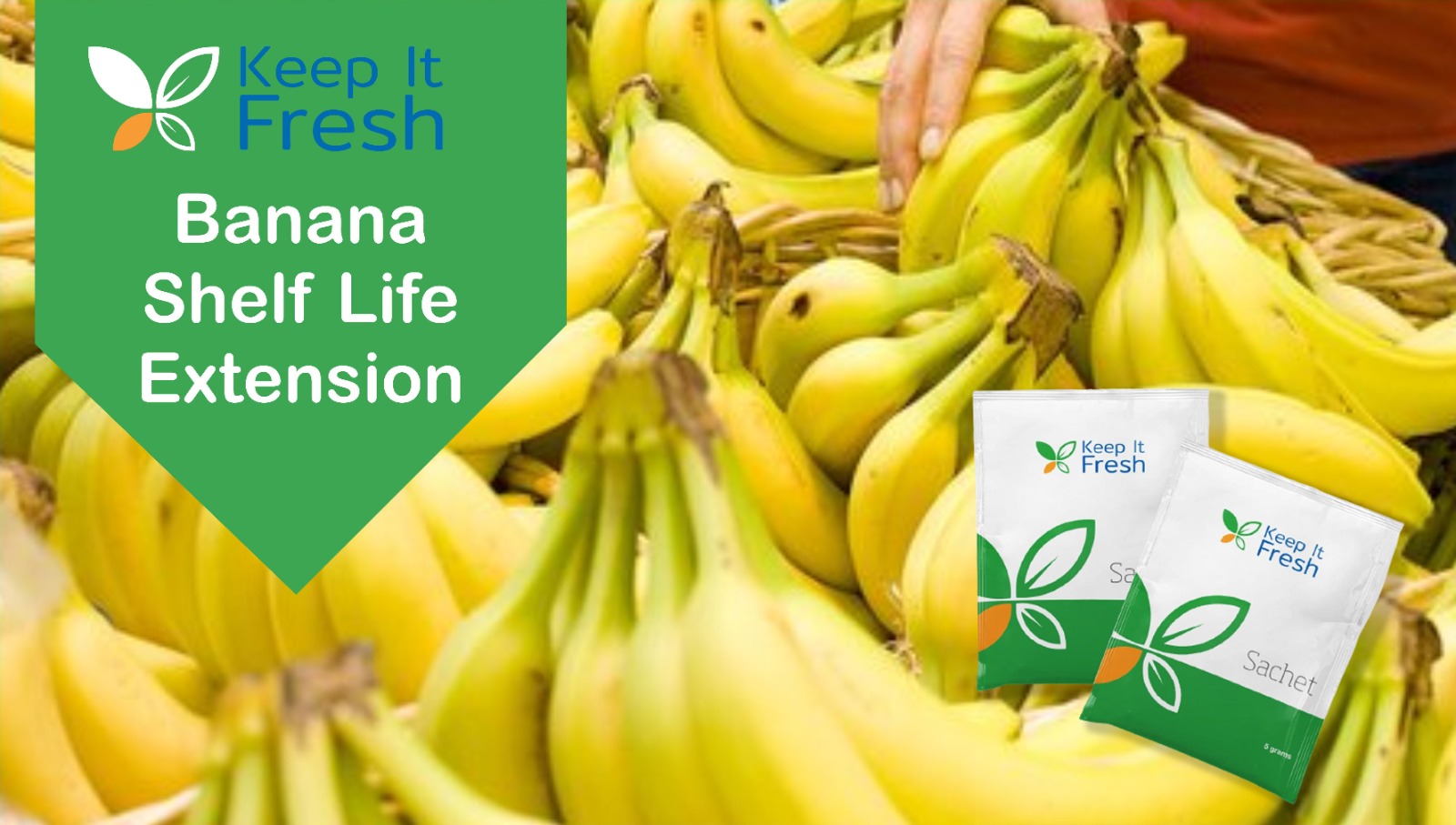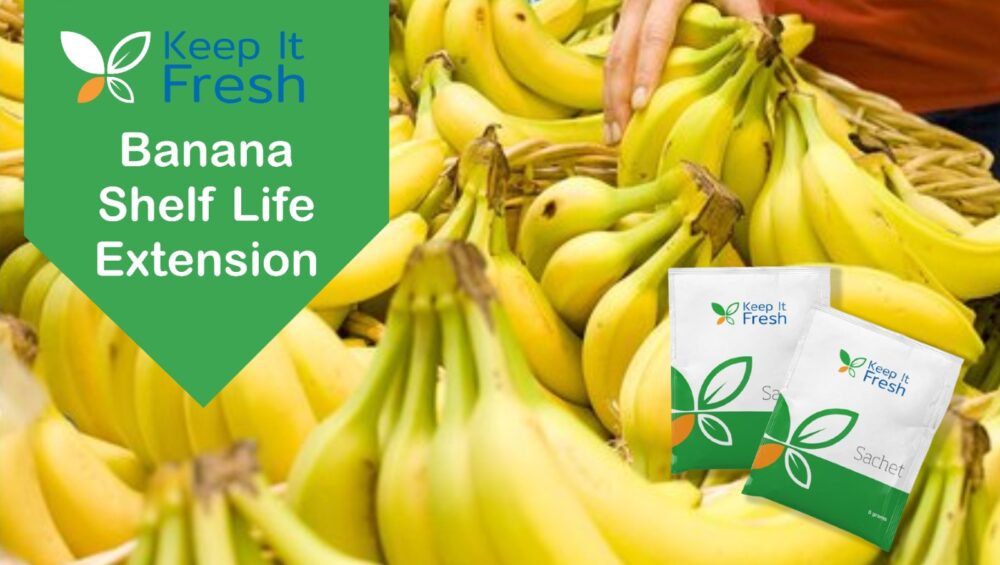Why extending the shelf life of bananas during export is essential ?

Bananas are highly perishable and can quickly spoil during transport, especially during export. Extending banana shelf life during export is crucial for several reasons. Firstly, it ensures that the bananas reach their destination in good condition, which increases their value and marketability. This can result in better prices for the bananas and increased revenue for exporters.
Secondly, extending banana shelf life during export can help to reduce waste. If bananas spoil during transport, they may not be fit for consumption or sale, which can lead to financial losses for exporters and contribute to food waste.
Additionally, extending banana shelf life during export can help to maintain the quality and nutritional value of the bananas. Fresh bananas are rich in vitamins, minerals, and fiber, and extending their shelf life can help to ensure that these nutrients are preserved. Extending banana shelf life during export is essential for maintaining the reputation of the exporter. If bananas arrive at their destination in poor condition, it can damage the reputation of the exporter and reduce the likelihood of future sales. Therefore, extending banana shelf life during export is crucial for the success of the export market.
Techniques for extending banana shelf life during export ?
Extending banana shelf life during export can be achieved through several techniques. Here are some practical ways to extend the shelf life of bananas during export:
Harvesting: Bananas should be harvested at the right stage of ripeness. For export, bananas should be harvested when they are still green and firm to ensure they can withstand the rigors of transport.
Temperature and humidity control: Maintaining the right temperature and humidity levels during transport is critical for extending banana shelf life. Bananas should be kept at a temperature of around 13-15°C to slow down the ripening process and prevent spoilage. The humidity levels should also be controlled, with a recommended range of 85-95% to prevent dehydration.
Ethylene control: Ethylene gas is a natural hormone produced by bananas during the ripening process. To prevent bananas from ripening too quickly, it’s essential to control the levels of ethylene gas during transport. This can be achieved by using special containers with ethylene-absorbing materials or by using special ventilation systems.
Proper packaging: Using the right type of packaging is crucial for extending banana shelf life during export. Ideally, bananas should be packed in boxes or crates that are made of a sturdy material that can withstand transport conditions. The packaging should also provide good ventilation to allow for air circulation, which can help to prevent the buildup of moisture and reduce the risk of fungal growth.
Pre-cooling: Pre-cooling bananas before shipment can help to reduce their respiration rate and extend their shelf life. This can be achieved by placing the bananas in a cool room or using a forced-air cooling system
Pests and diseases: Minimizing the risk of pests and diseases is essential for extending banana shelf life during export. Bananas should be inspected and treated for pests and diseases before packaging. The use of fumigation, heat treatment, or cold treatment can help to reduce the risk of pests and diseases during transport.
Quality control: Regular quality control checks should be carried out during transport to identify any signs of spoilage or damage. Any damaged or spoiled bananas should be removed immediately to prevent further spoilage.
By implementing these measures, exporters can help to extend the shelf life of bananas during transport and ensure that they arrive at their destination in good condition.






